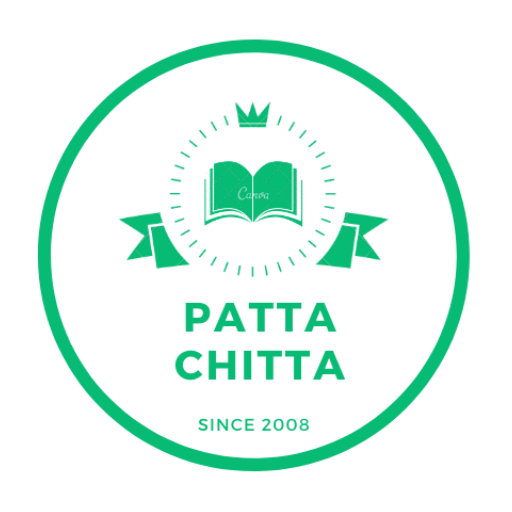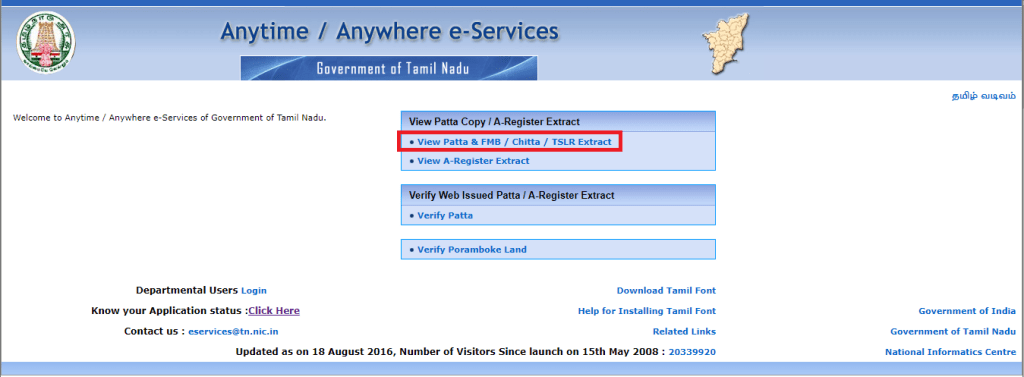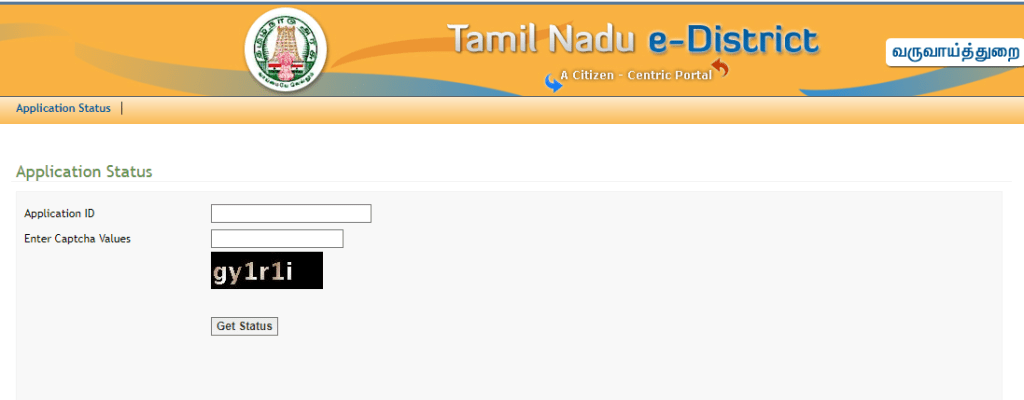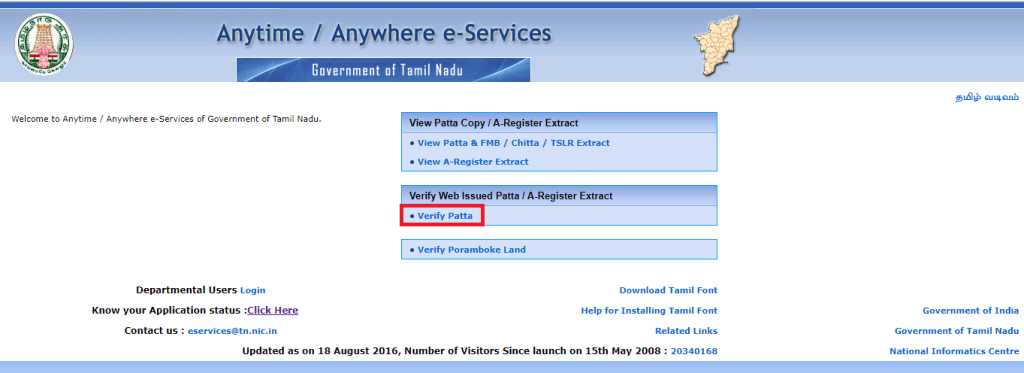In this article, I have written about land records in Tamil Nadu. Suppose you want to buy agricultural land in Tamil Nadu and anywhere in India. Then you do not want to be subjected to property fraud at any time. So for that, you should have the details of owning that land. What area of land it is and what kind of land it is. It is agricultural land whether someone tries to call you a government land. All this kind of cheating happens.

You can now find all these ownership details from the Tamil Nadu land records. We know all these Government of Tamil Nadu’s Land Records e-Services by the name Patta & FMB, Chitta, and TSLR.
Check out below all the important and relative information about Patta Chitta in this article. Here you will find detailed information about the Patta Chitta all terms, view Ec online, all legal information like Property transfer, property legal opinion and value of this property, etc.
What is Patta?
Patta is a legal document created by the Government of Tamil Nadu. Patta is in the name of the real owner of the property. The Patta is made by the government in the name of the owner of the piece of land. Also known as the “Record of Rights (ROR)”.
The owner must have a ‘Patta’ on the land purchased for any purpose to construct bungalows, shopping centers, shops, anything. When an owner buys a piece of land, the Patta provided to the owner must include the new owner’s name. All those documents will determine where the property was purchased according to government records. There is a Tahsildar office in a particular district to get this document and there are several ways you will find the following article.
If any owner wants to test the Patta it is open to the computer-stored data and Tamil Nadu people. The following details and records are included in a Patta:
- Patta number and Number of Patta
- Names of all owners
- Survey number
- Sub-Division Number in case of Rural and Urban Areas
- Tax details information
- Area of land
- Name of village, Taluka, and district
What is Chitta?
Chitta is also a legal government document. It is provided by the local taluk office and Village Administrative Officer (VAO). Chitta plays an important role in the transaction of all matters relating to plot or property. A government-created Chitta document contains many important details such as ownership, how much area and size.
A Chitta main objective is to keep the government related to various types of land. These different types of landfall are mainly into two parts. The first part of the land is Nanjai and the other part is Punjai. In fact, Chitta classifies the land. So let’s learn about these two types of land below.
Nanjai
Nanjai is a wetland. A Nanjai means that land provides water easily such as lake, river, canal, etc.
Punjai
Punjai is a dry land. A Punjai means land with low water reservoirs. This type of land has a small number of water sources such as well, bore, and etc.
In 2019, the Tamil Nadu government decided to merge ‘Patta’ and ‘Chitta’ into a single document called Pattachitta. From there, the patta chitta is considered to be a legal document.
Applying for Patta Chitta Online
After the Tamil Nadu government consolidated ‘Patta’ and ‘Chitta’. The government has made the application process for the Patta Chitta document completely online. Please follow the steps below to learn how to get Patta Chitta online in Tamilnadu…
- First, visit the official website of Tamil Nadu. Click here for that. Tamil Nadu’s official website is available in two languages Tamil and English.
- After you open the website you will see the first option “View Patta & FMB / Chitta / TSLR Extract“. Select this option and click.

- you will then redirect you to a new page. On that page, you choose your district and area type (urban/rural) and then click on the Submit button.

- Then you will now see the new page and enter the required details like district, Taluk, village. If you select a Patta number, you have to fill in the Patta number in the relevant field or if you select the survey number, you have to fill in the survey number and subdivisions in the respective field. Then enter the authentication value and click on submit.
Note: You must have a Patta number or survey number for this document


- After submitting all property details, you will be given an online certificate with your property and land information. The certificate provides information such as survey number, type of land, type of construction, municipal gate number, area, etc.
Transfer of Patta Chitta
A Patta Chitta transfer is applied when an owner sells his land. For example, when a person sells his or her property to another person, a Patta Chitta transfer is required.
This Patta Chitta transfer process is similar to the registration of a Patta land. Information about this Patta Chitta transfer will be found below.
- First of all, you have to submit the Patta Chitta application to the related Tehsildar office.
- Accepting or rejecting your application is based on the documents you submitted with the application and the investigation of that property.
Documents required for Patta Chitta Transfer
Along with the application of patta chitta transfer to the Tehsildar, You will need to submit all of the following documents.
- Patta Chitta transfer application with signature.
- Copy of sales deed and original documentation should be required for verification.
- Proof of occupancies such as receipt of electricity bill and property tax.
- Encumbrance certificate.
- The original document of property.
How to Check the Status of Patta Chitta
When you have applied for Patta Chitta transfer than you can easily check the status of this application online. If you would like to check the status of your Patta Chitta, you should follow the steps below.
- First of all, visit this website: Click here

- Then you have to enter the ‘Application ID’ and the specified ‘Enter Captcha Values’.
- When you click on ‘Get Status’, you will see the status of your Patta Chitta transfer application.
Validity of your Patta Chitta Certificate
You can check the validity of the certificate issued by the Government of Tamil Nadu online. The following are the steps to check the validity of this certificate.
- Visit the Government Website of Tamil Nadu – Click here
- After you open the website you will see the first option “Verify Patta”. Select this option and click.

- After then you enter the ‘Reference Number’ and click on ‘Submit’ button.

- You can see the validity of your Patta Chitta Certificate
Fees for Patta Chitta Transfer
You can get patta chitta Transfer online for Rs.100 nominal fees.
Conclusion
The Tamil Nadu government has arranged the Patta Chitta online record. So citizens can get their property documents quickly without any delay.